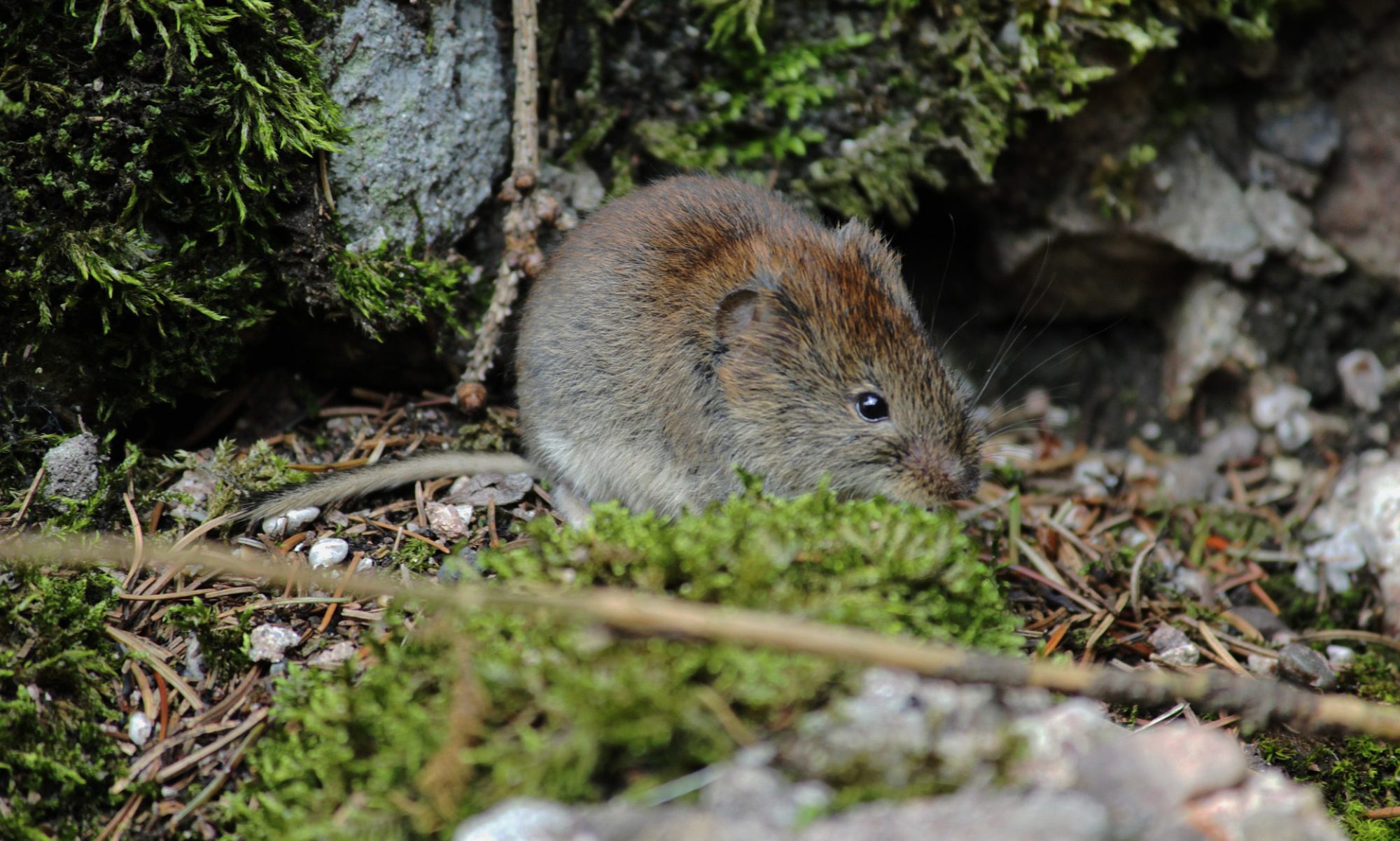
Slow worms (Anguis fragilis) are living evidence that names and appearances can be deceptive. The first thing anyone will tell you about a slow worm is that it is a lizard, not a snake. They look similar to snakes, because these lizards have evolved in such a way that they no longer need legs – a similar evolutionary process that gave rise to the snakes.
There are some tell-tale signs that these little creatures are lizards. They have eyelids, and blink; snakes, on the other hand, don’t. Slow worms’ tongues are rounded – in contrast to snakes, who have unmistakable forked tongues. Like many other lizards, the slow worm can detach its tail when trying to escape from a predator. And a slow worm’s head is usually the same width as its body – that is, there’s no narrowing behind their heads – whereas snakes have an obvious ‘neck’.
How else can I identify one?
Slow worms can be various different colours, from reddish, brown, golden-ish, to silver, grey, or sometimes black. Some adults, usually males, have blue spots. Females are larger than males, and they have dark sides with a dark stripe on their backs. Juvenile slow worms can be gold, reddish or even orange coloured, with a pencil-thin dark stripe along their back. They are much smaller than snakes.
Where do they live?
Slow worms are common across the UK, but more numerous in the southern regions. They like all kinds of different habitats, including heathlands, woodlands, grasslands, and sea cliffs. They are particularly common in allotments and gardens. Interestingly, slow worms are Britain’s most common urban species of reptile – in cities, they’re often found around disused land or wild patches, like railway lines. They hibernate until March, usually underground.
How can I encourage them?
Slow worms love to bask beneath flat rocks or debris warmed by the sun. They will gratefully shelter under a small sheet of corrugated iron. Remember, cats are experts at hunting them – so if you have a cat, you might not see any (live) slow worms in your garden!
Where can I spot one?
A good way to find one is to place a makeshift ‘refuge’ in your garden. This could be an old sheet of metal, an old piece of carpet, or a wooden plank, which they may come and shelter under. Other than looking in your garden, you might try searching for slow worms in allotments, road or rail embankments, and open waste land. They can sometimes be spotted on the move in the early evening, when they hunt for food.
Did you know?
While most reptiles lay eggs, slow worms give birth to live young. The technical term for this type of birth is ovoviviparous – which just means that the embryos develop inside eggs, which in turn develop inside the female’s body until they’re ready to hatch. The eggs hatch inside the mother’s body, and the live young then emerge from the mother. They’re so tiny that they’re often missed, or mistaken for small earthworms or insects.
Oh, and why the name ‘slow worm’? Sometimes people use other names for it, including blind-worm, or deaf-adder. ‘Worm’ is the Old English word for ‘snake’ (wyrm). As for ‘slow’ – a bit unfair perhaps, as slow worms can definitely be speedy when they want to be!
Drop us a note if you find a slow worm where you are!


Best view i have seen for long time !